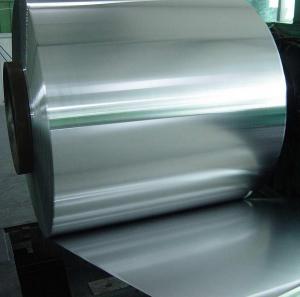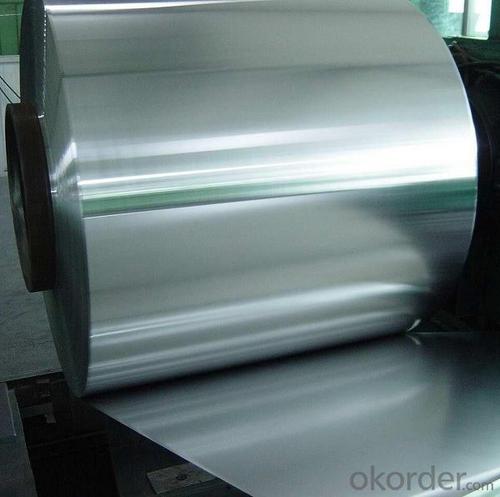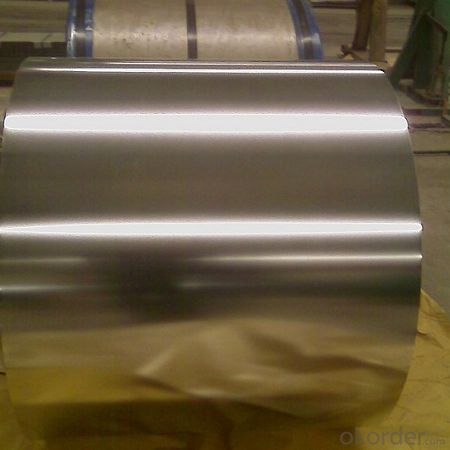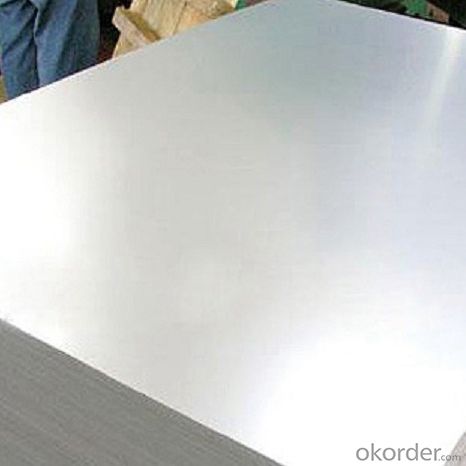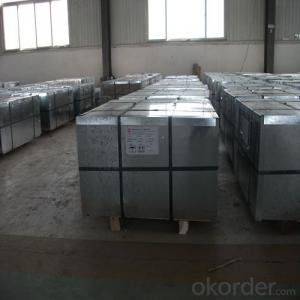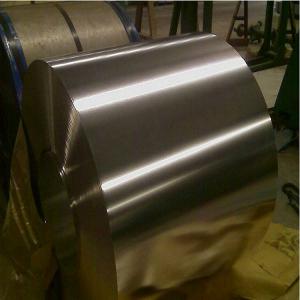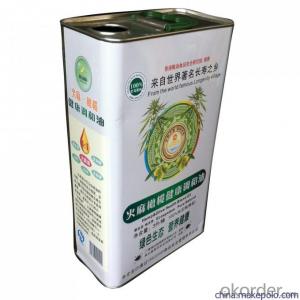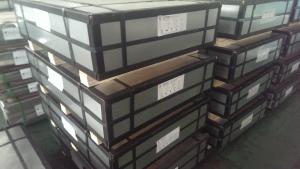Tinplate for making cans with competitive price
- Loading Port:
- Tianjin
- Payment Terms:
- TT or LC
- Min Order Qty:
- 25 m.t.
- Supply Capability:
- 2000 m.t./month
OKorder Service Pledge
OKorder Financial Service
You Might Also Like
Specification
Tinplate for making cans with competitive price
1.Structure of Description
Electrolytic Tinplate Sheets is one of the metal packing materials, which is widely used for making painting cans ,chemical package cans , electrical cable ,battery and metal printing etc. For caps, there are some customers also need TFS, if you have some demand for TFS,also can contact with us.
2. Main Features
Steady and high quality
Fast shipment
Good experience for export work
For the surface, Plate uniform in thickness,uniform and smooth tin coating, without flaws,rusts,scratch,wave,nick of tin coating etc.

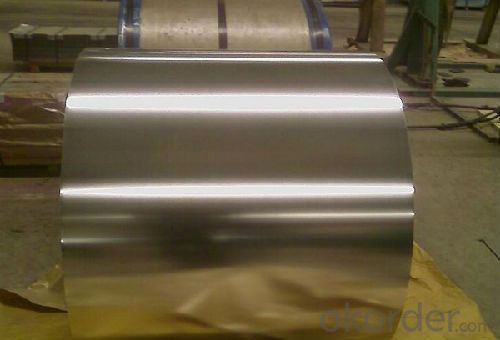
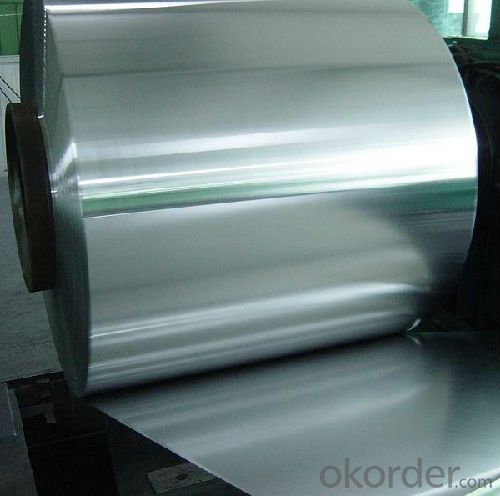
Specifications
| Type | MR, SPCC |
| Temper(BA&CA) | T1-T5, DR8-DR10 |
| Coating | 1.1-8.4g/m^2 |
| Thickness& Tolerance | 0.15-0.5mm(tolerance +/-0.01mm) |
| Width& Tolerance | 600-1010mm(tolerance +2/-0mm) |
| I.D | 508mm |
| Coil weight | 3-10MT |
| Passivation | 311 |
| Oiling | DOS |
| Surface finish | Bright, stone |
| Package | Seaworthy Export Standard Wooden Pallet |
| Standard | ISO 11949 -1995, JIS G3303,ASTM A623, BS EN 10202 |
| Special specifications are available on customers' requirements | |
FAQ
1. What is your tinplate used for?
Tinplate is widely used for making all types of containers, electrical machinery parts and many other products.
- Chemicals and painting cans
- Dry food cans, such as fancy cans, biscuit cans, milk powder cans, tea cans,
- Sea food cans
- Crown corks, easy open ends
- Electrical machinery parts
- Bakeware and household kitchen parts
2. What is your annual capacity?
Our annual capacity is 400,000MT
3. How many companies and factories in your group?
There are over 300 subordinate companies and factories in our group.
- Q: What are the different ways to store tinplate containers?
- There are several different ways to store tinplate containers, depending on the specific needs and preferences. Some common methods include stacking them on shelves or in cabinets, using storage bins or boxes to organize them, hanging them on hooks or racks, or utilizing dedicated storage systems such as wall-mounted shelves or hanging rails. Ultimately, the choice of storage method will depend on factors such as available space, container size and shape, and the desired level of accessibility.
- Q: What are the factors that affect the price of tinplate?
- The factors that affect the price of tinplate include the cost of raw materials such as tin and steel, supply and demand dynamics in the market, production and manufacturing costs, currency exchange rates, trade policies, and economic factors such as inflation and global economic conditions.
- Q: What are the common sizes and shapes of tinplate containers?
- Common sizes and shapes of tinplate containers include round cans, rectangular tins, and square boxes. The sizes of these containers can vary, but some standard sizes include 8-ounce, 16-ounce, and 32-ounce cans.
- Q: Can tinplate be reused after recycling?
- Yes, tinplate can be reused after recycling.
- Q: Tinplate also known as what? What is the density of it?
- Tinplate, also known as tin plated iron, is the common name for tin plated steel sheet. The English abbreviation is SPTE. It is a cold-rolled low carbon steel sheet or strip coated with commercially pure tin on both sides. The density is 7.85.Tinplate is a tin covered with tin, it is not easy to rust, also known as tin iron.
- Q: How is tinplate different from aluminum packaging?
- Tinplate and aluminum packaging differ in terms of their material composition, properties, and applications. Tinplate is made from thin sheets of steel coated with a layer of tin, providing excellent corrosion resistance and a shiny appearance. On the other hand, aluminum packaging is fabricated from aluminum, offering lightweight, high strength, and superior resistance to rust or corrosion. Additionally, aluminum is a great conductor of heat and electricity. While tinplate is commonly used for food cans, tin containers, and household products, aluminum packaging is popular for beverage cans, aerosol cans, and various consumer goods.
- Q: How does tinplate contribute to the preservation of tobacco products?
- Tinplate contributes to the preservation of tobacco products by providing a durable and protective packaging material. It helps to prevent exposure to moisture, light, and oxygen, which can degrade the quality and flavor of tobacco. Additionally, tinplate cans or containers can be sealed tightly to maintain freshness and prevent the entry of external contaminants.
- Q: Does tinplate affect the taste or quality of food?
- Yes, tinplate can affect the taste and quality of food if it comes into direct contact with acidic or alkaline foods. Tin can leach into the food, altering its flavor and potentially compromising its quality. However, the use of food-grade coatings on tinplate can help minimize any potential taste or quality issues.
- Q: What is the tin plated iron?
- Galvanized iron. Daily necessities with tin. Such as boxes, pipes, etc..Tinplate: tin plated iron. Generally used in food packaging. Canned goods.
- Q: What are the recycling processes for tinplate?
- The recycling processes for tinplate typically involve several steps. First, the tinplate is collected from various sources, such as households or businesses. Then, it is sorted and separated from other materials, such as paper or plastic, through manual or mechanical means. Next, the tinplate is cleaned to remove any contaminants, such as labels or food residue. After cleaning, the tinplate is shredded or melted to reduce it to smaller pieces or molten metal. The molten metal is then cast into new tinplate sheets or other products. This process helps conserve resources, reduce waste, and minimize the environmental impact of tinplate production.
Send your message to us
Tinplate for making cans with competitive price
- Loading Port:
- Tianjin
- Payment Terms:
- TT or LC
- Min Order Qty:
- 25 m.t.
- Supply Capability:
- 2000 m.t./month
OKorder Service Pledge
OKorder Financial Service
Similar products
Hot products
Hot Searches
Related keywords
